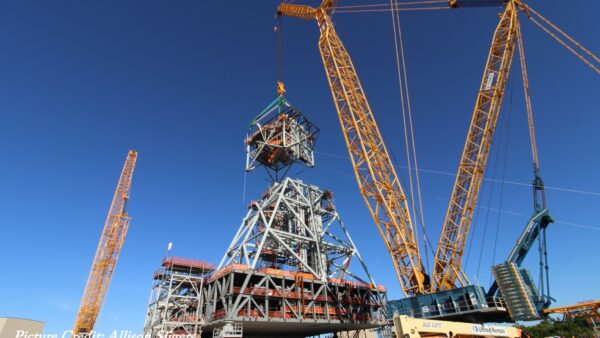A proposal by Central Japan Railway to build a $90bn maglev train line between Tokyo and Osaka is likely to be adopted as Japanese government policy this year. As Prime Minister Shinzo Abe’s Liberal Democrat party holds 294 of the 480 seats in Japan’s parliament, the project is expected to gain legislative approval in time for work to begin early next year.
Unlike the Shinkansen “bullet train”, which traces the coastline, the maglev will go straight through the south Japanese Alps: as much as 90% of the 500km length of the line will be made up of tunnels. They will do so at a pace that makes the Shinkansen seem sluggish: 500km an hour, compared with the bullet’s maximum operating speed of 320kmh.
It would cut the journey time between Tokyo and Osaka to one hour from the current six hours by car and two hours by train.
It would cut the journey time between Tokyo and Osaka to one hour from the current six hours by car and two hours by train.–
The Shinkansen service was begun in time for the 1964 Tokyo Olympics as a showcase for Japan’s post-war economic miracle. The maglev will not be doing the same for the 2020 Games, however. The first phases of the work, a 286km stretch between Tokyo and Nagoya, is not expected to be complete before 2027, and the whole line is expected to be finished in 2045.
And rather than announcing the rise of Japanese industry, the maglev is another project intended to rouse it from its deflationary lethargy, partly through a demonstration that the country is still as the cutting edge of technology, and partly because of the sheer cost of the project.
The principal beneficiaries in the private sector are likely to be the suppliers who work for Japanese heavy engineers Mitsubishi and Nippon Sharyo, the companies who have made the greatest research inroads into maglev technology.
Japan Railways has estimated that the line will attract 88 million riders a year, with 72 million of them shifting from the existing Tokyo-Osaka line, which is is the busiest high-speed line in the world, with 143 million passengers. The company says it will pay the bulk of the cost of the line itself, using cash generated by the Shinkansen link.
Japan also has some hopes of exporting the technology to other countries. Hitachi, the maker of the Shinkansen locomotive, has been successful in exporting its train technology to the UK, recently winning a $9.9bn order to supply train operators with their next generation of rolling stock.
In the case of maglev, Prime Minister Abe took Caroline Kennedy, the US ambassador to Japan, for a ride on the Yamanashi Maglev Test Line, near Mount Fuji. His aim was to persuade the Americans to use the Japanese maglev system for a 60km link between Washington and Baltimore, and ultimately the 635km between the capital and Boston.
Japan has already sweetened the deal by offering a $4bn loan to help the Americans build it, and by allowing them to use the technology without paying a licence fee.
Comments
Comments are closed.







Great! And we are still excited by a proposed High Speed Railway (max 320km/hr) similar to that which the Japanese opened 50 years ago!!
We used to have maglev between Birmingham Airport and the then new Birmingham International station (in the 1980’s). However we never persevered with that technology. Why?